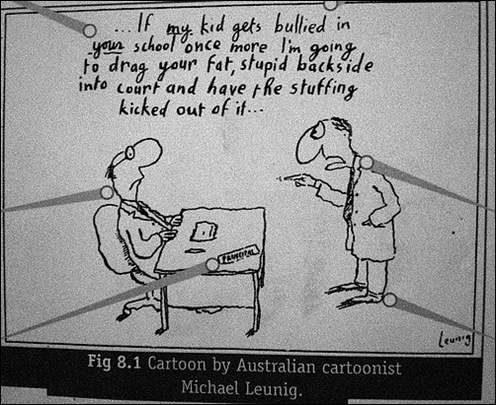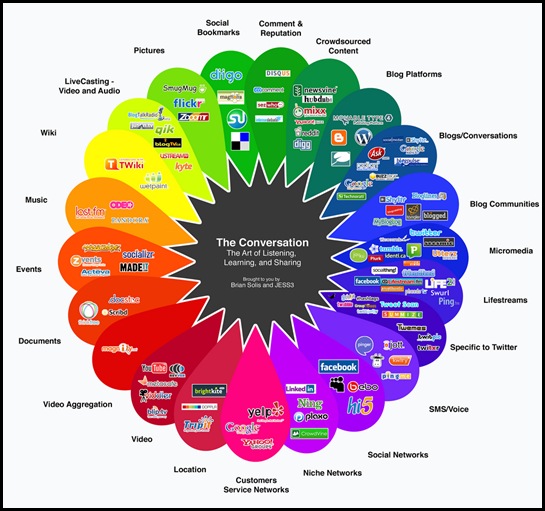![]()
![]()
![]()
![]()
![]() I watched this partly out of HSC-related duty, but also out of interest. I have to say I was very impressed by its accuracy and fairness. The lead review (at the moment) on IMDb pretty much sums up my reaction.
I watched this partly out of HSC-related duty, but also out of interest. I have to say I was very impressed by its accuracy and fairness. The lead review (at the moment) on IMDb pretty much sums up my reaction.
In 1998, "Hilary and Jackie" explored alleged episodes in the short life of cellist Jacqueline Du Pre and her pianist, now also conductor, husband, Daniel Barenboim. Despite very very good acting the film was largely a descent into the basement of scurrilous storytelling by relatives of the dead musician. Whatever the truth of the claim that she bedded her sister’s husband, the movie said nothing about the couple’s meteorically brilliant early careers. It was slanted voyeurism writ large.
Director Christine Wells has taken a very different and insightful tack in exploring the life of poet Sylvia Plath and her marriage to Ted Hughes, a poet with laurels garnered while Ms. Plath was still starting up a not very steady ladder to recognition.
Plath, an American, met Hughes in England. A short courtship was followed by marriage and then two children. The relationship was tumultuous and eventually it foundered because of Sylvia’s underlying emotional instability followed by her husband’s desertion to another woman…
Wells takes a sympathetic view of Ted and Sylvia, not joining in the political debate over feminism and Sylvia’s supposed maltreatment by Ted. Sylvia in this film is brilliant but also terribly brittle and her inner demons are not caused by a brutish or callous husband. As Platrow portrays her, I believe accurately, Sylvia was seriously and chronically depressed with life events worsening but in no regard initiating a downward spiral. Today she would probably thrive and be both prolific as a poet and happy as a person if successfully maintained on an effective anti-depressant.
Ted, played by Daniel Craig, is a bit transparent – loving but somewhat distanced by his own quest for fame. He hectors Sylvia to write more, annoyed that she bakes instead of composing verse while on a seaside vacation. He’s supportive but also blind to the deepening reality that he is dealing with a woman who needs help, not critical comments about non-productivity.
The supporting cast is fine but this is Paltrow and Craig’s film. She has a strong affinity for England and its culture (I believe she has moved there) and she gives the role deep conviction and understanding. It happens that she somewhat resembles Sylvia but the true recognition is internal and intellectual. And emotional, let’s not omit that…
"Sylvia" sets the record straight as Paltrow acts the part of a woman – mother as well as poet – who slowly loses control of her life while her husband reacts first with confusion and later with the self-protective armor of withdrawal.
Hughes went on to publish many fine poems and he became poet laureate of England, a post he definitely wanted and enjoyed (Hughes was one of the very few modern and relatively young intellectuals who was a convinced monarchist).
Not long before succumbing to cancer, Hughes published "Birthday Letters," an attempt to show through years of verse the nature of his relationship with Sylvia. Whether viewed as an apologia or a last record – and chance – to give his side, it’s an impressive work. And "Ariel’s Gift" by Erica Wagner is must reading for those who want more than a film and sometimes potted articles can provide. It analyzes the poets’ relationship through the prism of Hughes’s writings, most unpublished before "Birthday Letters." A recent book, "Her Husband: Hughes and Plath, Portrait of a Marriage," by Diane Middlebrook, is also recommended…
The movie is M15+ in Australia.
It would also perhaps be a good supplementary for “Belonging”.
Adapted from a post on my personal blog.








 At one of those cheap remainder bookshops I picked up a copy of
At one of those cheap remainder bookshops I picked up a copy of 




You must be logged in to post a comment.